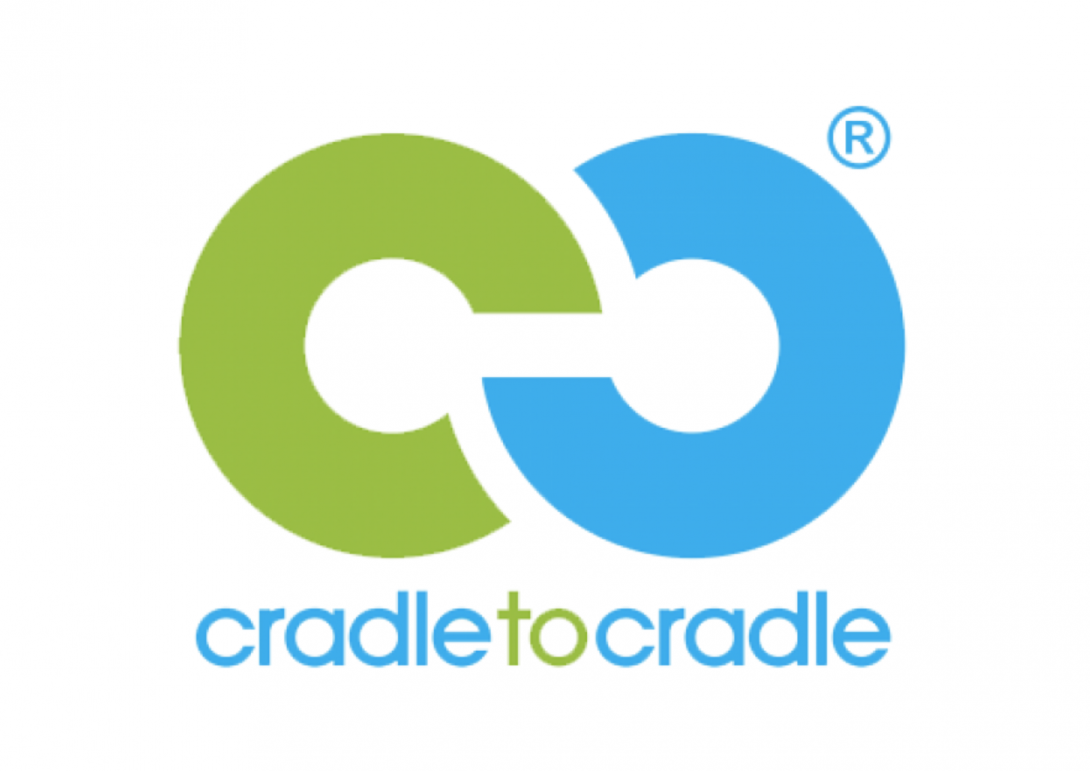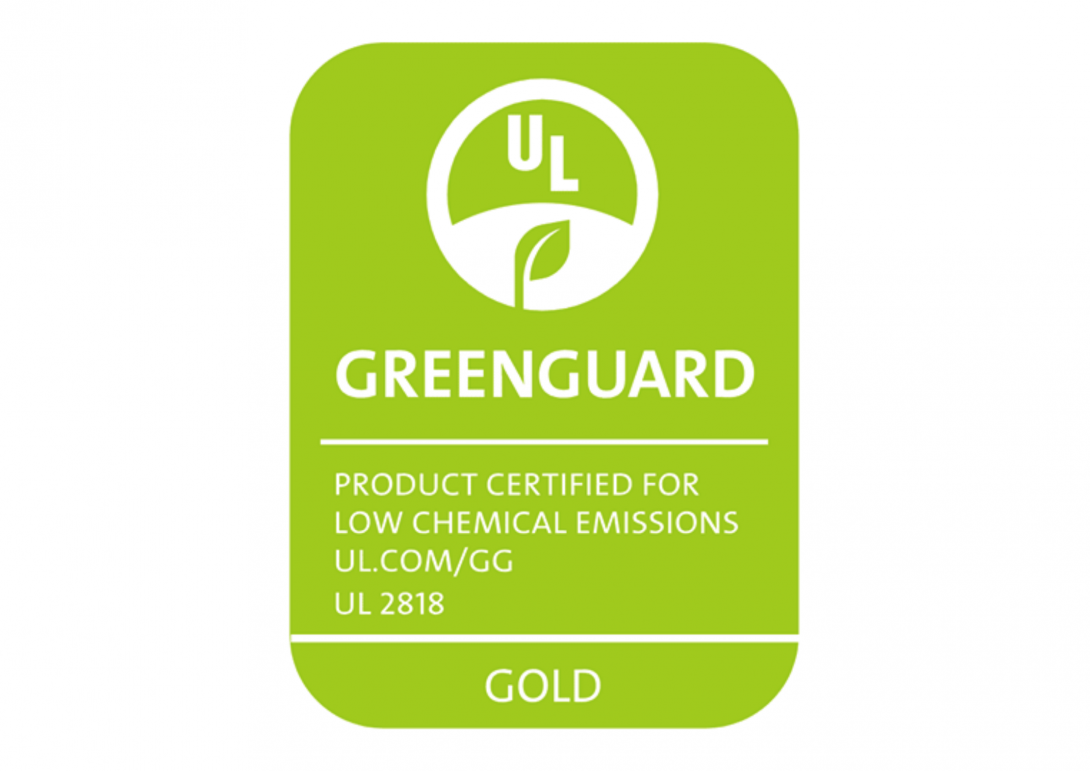How to make sustainable choices in paint products?
Introduction
All consumer products have either positive or negative impact on the social, cultural, environmental and economical dimensions. Today there is a worldwide growing trend of increased demand for more ethical and sustainable products. Paint and coatings industry is responding to the demand for sustainable products by gradually shifting focus from a single product approach to value chain as a whole, transitioning from solvent-based to water- based paints, investing in paints life cycle assessment, reducing the amount of toxic ingredients, etc. This positive shift results in increased availability of more sustainable products on the market, empowering the consumer to make a better product choice.
This article will provide an introduction in sustainability indicators for paint products and the essential consumer knowledge necessary for making sustainable choices in paint products.
What is a sustainable paint product and why it matters?
The conventional paint products have significant negative impact on the environment through the whole paint life cycle. Harmful chemicals emitted from the conventional paints escape in the air, water and soils further leaving an impact on human well-being as well as other living organisms that are dependent upon these resources.
Read more about paint product impact on health in our blog post: link.
Read more about paint product impact on the environment in our blog post: link
In order to understand the concept of sustainable paint product, it is necessary to remember definition of sustainable development. It might sound somewhat philosophical but it is enshrined in legislation and included in strategies derived from holistic approach in the EU and national levels of planning thus leading to new industry standards, including the product design.
According to 1987 Bruntland commission, sustainable development is “development that meets the needs of the present generations without compromising the ability of future generations to meet their own needs”. Sustainable development involves holistic and integrated approach of social, economic, environmental and cultural dimensions (a).
Although sustainable product is not clearly defined, it is guided by sustainable development goals and thus could be described as a product having positive social, environmental and economic impact.
Product design is an important process that largely determines the sustainability of a given product. In the context of paint products, eco-design can help a consumer better understand that there are conscious steps being taken by some manufacturers towards creating paint products that are environmentally friendly, safe for human health and economically viable.
The European Environment Agency defines eco-design as a method and process that "considers environmental aspects at all stages of the product development process, striving for products which make the lowest possible environmental impact throughout the product life cycle. "[1]
Eco-design definition touches on the significance of a Life cycle assessment (LCA) - full evaluation of the impact a paint product has from the beginning stage of production to its end-of-life stage, meaning from the raw material extraction to waste management, involving the above mentioned impact on the social and environmental sustainability dimensions as well as the economic viability (c).
Life cycle assessment identifies three stages - production, use and end-of-life stage, that all have significant impacts. The production impact is linked to raw material sourcing. The use is linked to efficiency and emission impacts. The end of life stage is linked to unused paint and packaging disposal. Furthermore, all these impacts have distinguishable criteria as presented in Table 1. (d).
Table 1. Map of paint product life cycle stages, impacts and criteria. Source: the EU Ecolabel (d)
| Life cycle stage | Impact | Criteria |
|---|---|---|
| Production | Raw material sourcing |
|
| Use | Efficiency in use | Suitability for use |
| Emissions during use |
|
|
| End of life | Unused paint disposal | Take-back of unused paint |
| Packaging material | Packaging material |
To sum up, the main drivers of paint product sustainability are linked to the product design and life cycle assessment, where impacts through paint product usage are evaluated. The main impacts evaluated are raw material sourcing, usage efficiency, emissions during use and paint and packaging disposal.
A sustainable paint product therefore:
- Contains smaller amounts of hazardous substances, titanium dioxide and white pigments;
- Performs well in comparison to conventional paints;
- Has lower and safer amounts of VOC emissions, heavy metals and hazardous substances;
- Can be recycled or safely disposed of; and, in addition,
- It has positive social and economic impact.
Identifying a sustainable paint product
Learning the main drivers of paint product sustainability, consumers can make their choice easily taking a look at product labels. The labels on paint products can indicate responsible raw material sourcing, lower emissions and reduced amounts of hazardous substances. Two well-known labels - Cradle to Cradle and Greenguard (Table 2) are dedicated to identification of sustainable paint products, while other numerous eco labels identify more environmentally friendly products that are also safer for human health (e).
Table 2. Sustainable paint labels
 |
Cradle to Cradle certification and label indicates that a paint product is made using environmentally safe and sustainable materials and is designed for material recycling, re-utilisation and composting. In addition, it indicates that responsible use of water and energy resources is considered in product manufacturing (f). |
 |
Greenguard certification and label indicates that a paint product has met comprehensive global standards for low emissions of volatile organic compounds (VOCs) in the indoor air (g). |
As regards paint product sustainability recognition, environmental labels have an important role, since their main objectives also align with the ideas and goals of sustainability.
Environmental labels generally aim to protect environment, encourage efficient use of resources, both renewable and non-renewable, encourage innovation and leadership and aim to facilitate better waste management, while simultaneously raising consumer awareness of sustainability issues associated with industrial production of chemical products. Therefore, it is safe to assume, that products with environmental labels and more specifically ISO type I eco labels are more sustainable paint products (h).
Common eco labels include:
- EU Ecolabel (mainly used in Europe);
- Nordic Swan (Norway);
- The Blue Angel (Germany);
- Milieukeur (the Netherlands);
- Green Seal (mainly used in the USA);
- Environmental Choice (New Zealand) (d).
Read more about paint markings and labels in our blog post: link
When looking for the most sustainable choice of a paint product, it is also worth considering alternative paints, since they offer certain core qualities. Common examples of alternative paints discussed in the sustainable product context are acrylic no-VOC paints, milk paints and tung-oil paints (e).
References:
Closing
The sustainability of a paint product is determined by global sustainability goals and industry efforts to incorporate eco-design and life cycle assessment in product impact evaluation. Main indicators determining the sustainability of a paint product are linked to the chemical profile and emissions, packaging, performance and in some cases also the social and economic impact.
To empower consumer of making a more sustainable paint product choice, there are multiple labels indicating sustainability qualities of a paint product, meaning it is tested, certified and recognised by a third party as sustainable, safer for human health and safer for environment.
While it is challenging task to ensure a completely sustainable paint product, it is possible to reduce the consumption of clearly unsustainable products, therefore the consumer demand for labeled and alternative paints can additionally inspire companies of making well performing and safe products.
Source: https://www.eea.europa.eu/help/glossary/eea-glossary/eco-design
Author: written by Anse Romančuka, edited by Linda Kikuste





 Facebook
Facebook

 Linkedin
Linkedin

 Google
Google